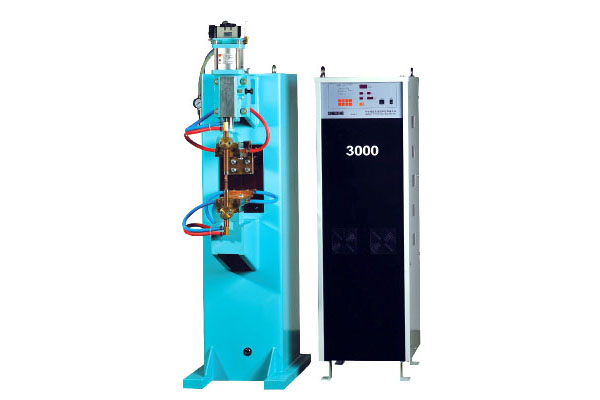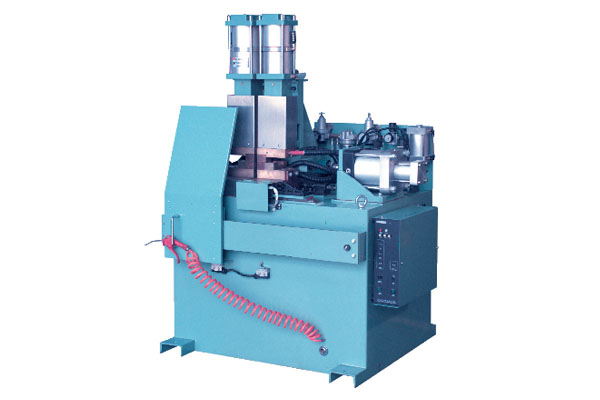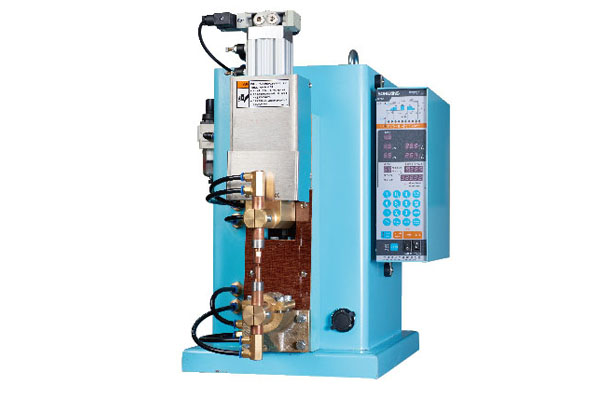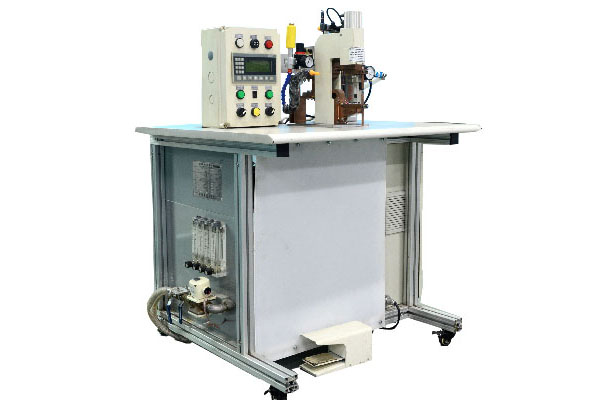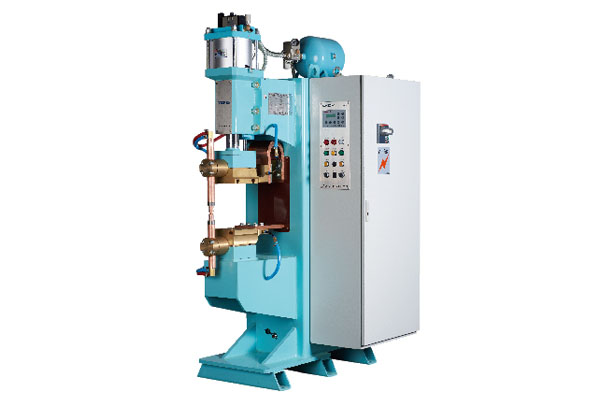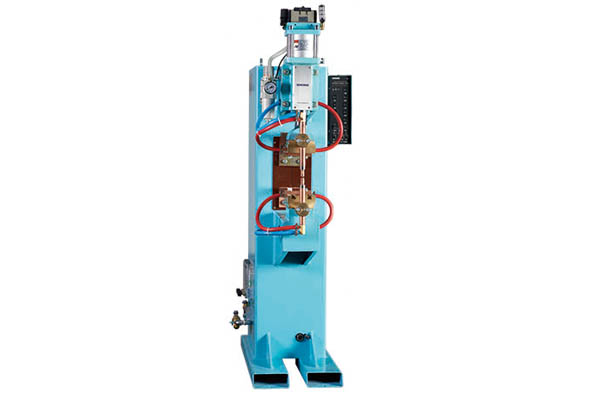News & Technicals
The Common Faults and Troubleshooting of Spot Welding Machines
1. The spot welder does not work when the pedal is stepped on, and the power indicator does not light up:
a. Check whether the power supply voltage is normal; check whether the control system is normal.
b. Check whether the foot switch contacts, AC contactor contacts, and split shift switch are in good contact or burned.
2. The power indicator light is on, and the workpiece is not welded by the compact spot welder:
a. Check whether the pedal stroke is in place and whether the foot switch is in good contact.
b. Check whether the spring screw of the pressure rod is adjusted properly.
3. Unwanted splashes appear during welding of the spot welder:
a. Check whether the electrode tip is severely oxidized.
b. Check whether the welding workpiece is severely corroded and poor contact.
c. Check whether the adjustment switch is too high.
d. Check whether the electrode pressure is too small and whether the welding procedure is correct.
4. The solder joint has serious indentation and extrudate:
a. Check whether the current is too large.
b. Check whether the welding workpiece is uneven.
c. Check whether the electrode pressure is too large, and whether the shape and cross section of the electrode tip are appropriate.
5. Insufficient strength of spot welder welding workpiece:
a. Check whether the electrode pressure is too low, and check whether the electrode rod is tight.
b. Check whether the welding energy is too small and whether the welding workpiece is severely corroded, resulting in poor contact of the solder joints.
c. Check whether there is too much oxide between the electrode tip and the electrode rod, the electrode rod and the electrode arm.
d. Check whether the cross section of the electrode tip is increased due to wear and the welding energy is reduced.
e. Check whether the electrode and copper soft joint and joint surface are severely oxidized.
6. Abnormal sound of AC contactor during spot welding:
a. Check whether the incoming line voltage of the AC contactor is lower than its own release voltage of 300 volts during welding.
b. Check whether the power lead is too thin or too long, causing too much line voltage drop.
c. Check whether the network voltage is too low for normal operation.
d. Check whether there is a short circuit in the main transformer, causing too much current.
7. Overheating of the spot welding machine:
a. Check whether the insulation resistance between the electrode holder and the body is bad, causing a local short circuit.
b. Check whether the water inlet pressure, water flow, and water supply temperature are appropriate, and check whether the water system is blocked by dirt, which causes the electrode arm, electrode rod, and electrode head to overheat due to poor cooling.
c. Check the copper flexible joint and the electrode arm, whether the contact surface of the electrode rod and the electrode head is seriously oxidized, which causes the contact resistance to increase and the heat is serious.
d. Check whether the cross section of the electrode head is excessively increased due to wear, which causes the welding machine to overload and generate heat.
e. Check whether the welding thickness and load continuity rate exceed the standard, so that the welding machine is overloaded and heats up.
Premium Product
Catalogue
News & Technicals
Structure of Nut Electrode of Intermediate Frequency Spot Welder
Analyze the Electrode of the Intermediate Frequency Spot Welder
Analyze the Influence of the Welding Point Distance of the Spot Welder
Function of Butt Welding Machine Inspection System
Contact Us
Email: info@resistancewelder.com
Tel: 0086-185-6889-5678
Factory: No.81 Donghui Second Street, Huangpu District, Guangzhou

